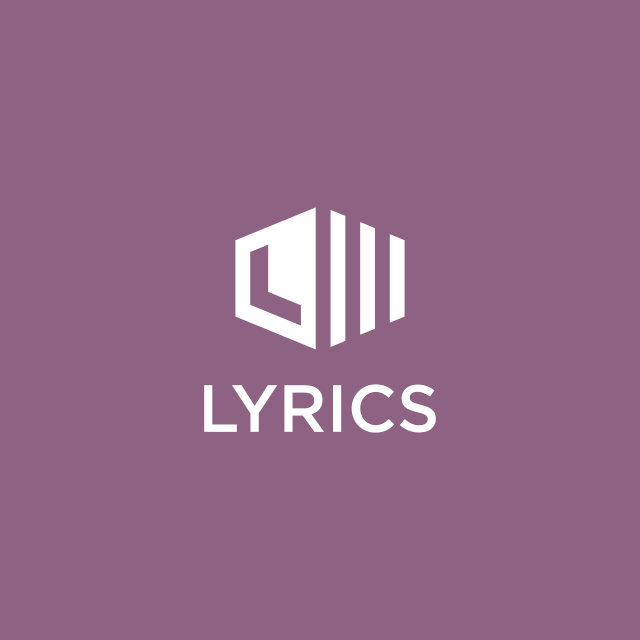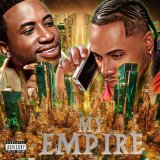Famous lyrics by »
Epsilon (uppercase Ε, lowercase ε or lunate ϵ; Greek: έψιλον) is the fifth letter of the Greek alphabet, corresponding phonetically to a mid front unrounded vowel /e/. In the system of Greek numerals it also has the value five. It was derived from the Phoenician letter He . Letters that arose from epsilon include the Roman E, Ë and Ɛ, and Cyrillic Е, È, Ё, Є and Э. The name of the letter was originally εἶ (Ancient Greek: [êː]), but the name was changed to ἒ ψιλόν (e psilon "simple e") in the Middle Ages to distinguish the letter from the digraph αι, a former diphthong that had come to be pronounced the same as epsilon. In essence, the uppercase form of epsilon looks identical to Latin E. The lowercase version has two typographical variants, both inherited from medieval Greek handwriting. One, the most common in modern typography and inherited from medieval minuscule, looks like a reversed "3". The other, also known as lunate or uncial epsilon and inherited from earlier uncial writing, looks like a semicircle crossed by a horizontal bar. While in normal typography these are just alternative font variants, they may have different meanings as mathematical symbols. Computer systems therefore offer distinct encodings for them. In Unicode, the character U+03F5 "Greek lunate epsilon symbol" (ϵ) is provided specifically for the lunate form. In TeX, \epsilon ( ϵ {\displaystyle \epsilon \!} ) denotes the lunate form, while \varepsilon ( ε {\displaystyle \varepsilon \!} ) denotes the reversed-3 form. There is also a Latin epsilon or "open e", which looks similar to the Greek lowercase epsilon. It is encoded in Unicode as U+025B ("Latin small-letter open e", ɛ) and U+0190 ("Latin capital-letter open e", Ɛ) and is used as an IPA phonetic symbol. The lunate or uncial epsilon has also provided inspiration for the euro sign (€). The lunate epsilon (ϵ) is not to be confused with the set membership symbol (∈); nor should the Latin uppercase epsilon (Ɛ) be confused with the Greek uppercase sigma (Σ). The symbol ∈ {\displaystyle \in } , first used in set theory and logic by Giuseppe Peano and now used in mathematics in general for set membership ("belongs to") did, however, evolve from the letter epsilon, since the symbol was originally used as an abbreviation for the Latin word "est". In addition, mathematicians often read the symbol ∈ {\displaystyle \in } as "element of", as in "1 is an element of the natural numbers" for 1 ∈ N {\displaystyle 1\in \mathbb {N} } , for example. As late as 1960, ϵ {\displaystyle \epsilon } itself was used for set membership, while its negation "does not belong to" (now ∉ {\displaystyle \notin } ) was denoted by ϵ ′ {\displaystyle \epsilon '} (epsilon prime). Only gradually did a fully separate, stylized symbol take the place of epsilon in this role. In a related context, Peano also introduced the use of a backwards epsilon, ∍ {\displaystyle \backepsilon } , for the phrase "such that", although the abbreviation "s.t." is occasionally used in place of ∍ {\displaystyle \backepsilon } in informal writing.
0 fans
Albums by EpsilonSort:By AlbumA - Z
Kisstory 2014: The Best Old Skool [2014]
| Song | Duration |
|---|---|
| Movin' Too Fast | 3:53 |
| Barcelona | 3:21 |
| Get Ur Freak On | 3:57 |
| Maria Maria | 3:57 |







Share your thoughts on Epsilon with the community:
Report Comment
We're doing our best to make sure our content is useful, accurate and safe.
If by any chance you spot an inappropriate comment while navigating through our website please use this form to let us know, and we'll take care of it shortly.
Attachment
You need to be logged in to favorite.
Log In